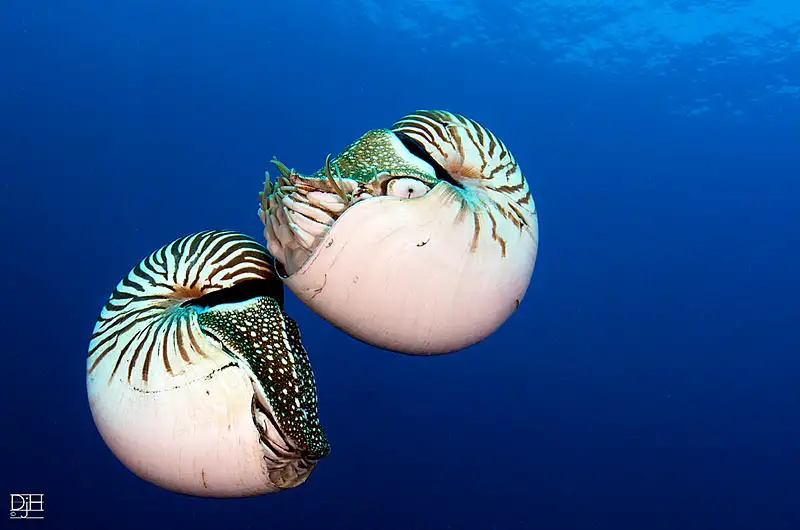Grimpoteuthis bathynectes
IUCN
LCBasic Information
Scientific classification
- name:Grimpoteuthis bathynectes
- Scientific Name:Grimpoteuthis bathynectes,Dumbo Octopus,Gulf of Mexico ash octopus, semi-deep sea ash octopus
- Outline:Mollusca
- Family:Cephalopoda Octopus Myxoctopus
Vital signs
- length:About 20 cm, up to more than one meter
- Weight:Up to 5.9kg
- lifetime:3-5years
Feature
The fins look like elephant ears
Distribution and Habitat
The Dumbo octopus lives in deep sea waters, with a depth of 2816-3932 meters, making it one of the deepest known cephalopod species. It is distributed in the United States (Oregon). 45°01.1'N, 135°12.0'W, from the Tufts Abyssal Plain to the Cascadia Plain in the North Pacific.
Appearance
The Dumbo octopus is about 20 centimeters long. The body is bag-shaped and relatively short, with a length-to-width ratio of about 7:5. [3] The skin is smooth, the muscles are soft, and it has two "ears" and a long "nose". It is a small deep-sea species with a semi-gelatinous body. The body is contracted front and back. The mantle cavity opens into a narrow slit and the infundibulum is short. The body is usually gelatinous, and the mantle cavity opening is degenerate. It seems to have lost the function of jet propulsion, and swims by striking the water with the fins or by using the intercarpal membrane like a jellyfish. The eyes have no cornea. The fins are short, subterminal, wing-shaped, supported by a cartilaginous structure, and the two fins are widely separated. There is one row of arm suckers, with two rows of short barbels located on both sides of the suckers, alternating with the suckers. There is one row of arm suckers, which have the function of assisting
Details
Dumbo Octopus (scientific name: Grimpoteuthis bathynectes), also known as Dumbo Octopus in foreign languages, is a peculiar "octopus".

In January 2014, marine biologists discovered this 6-foot-long octopus-a strange "octopus" more than a mile deep in the Mid-Atlantic Ridge. This octopus actually has an elephant-like appearance and two pairs of super-large "ears". Scientists named this strange animal found more than 1 mile (about 1,600 meters) under the sea "Dumbo" (the name of Disney's classic animated character Dumbo). It was named because its appearance resembles Dumbo in Disney cartoons.

The Dumbo octopus belongs to the same order as the aquarium/52-marine-animals.html">marine animals of the Octopus family, but it is not an "octopus" but a mollusk of the family Cichoridae. It is a near-bottom-dwelling species, with its arms and inter-arm membranes parallel to the seafloor, and uses its arms to grab crustaceans, polychaetes and copepods for food. It mainly feeds on some small crustaceans, which are often attracted by the light of the Dumbo octopus. Once it finds its prey approaching, the Dumbo octopus will immediately grab it and trap it with a mucus net produced by its body. Johnson, a scientist at Duke University in the United States, observed that when the Dumbo octopus is disturbed, it will open its tentacles and expose all the light organs as much as possible, trying to scare and drive away the uninvited guests.
Listed in the 2014 Red List of Endangered Species of the World Conservation Union (IUCN) ver 3.1-Least Concern (LC).
Protect wild animals and eliminate game.
Maintaining ecological balance is everyone's responsibility!








